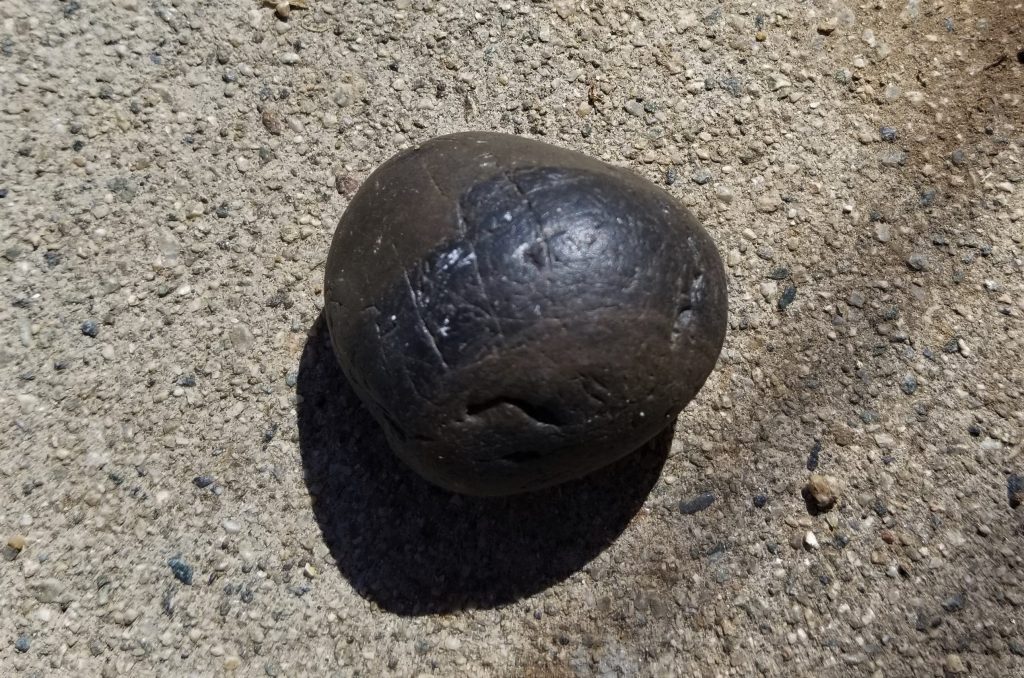Before COVID times I was listening to a podcast about meditation (because why meditate when you can listen to other people talk about meditating) when the woman introduced this interesting term, “bardo” which she defined as meaning “in-between.”
In-Between!
Well, considering that this is the In-Between Things it certainly seems like the right place to explore the concept of bardo. I decided that I needed to look into this it further, did a little bit of research, and left my notes sitting in my draft folder.
Until now.
Bardo Thödol is a Tibetan Buddhist funerary text that is popularly known in Western culture as the Tibetan Book of the Dead. This text describes the process through which a recently deceased person transitions from their current state of being to the next. The occurs in an in-between state, bardo, which is similar to the Roman Catholic concept of purgatory.
Applied metaphorically, bardo can describe many sorts of in-between situations. Any time there is a suspension in the way of being that we are familiar with we are experiencing bardo.
COVID times certainly qualify, wouldn’t you agree?
The Four Noble Truths, a central tenant in Buddhist teaching, explain that the root of suffering is desire for and attachment to worldly things. When we experience bardo, we become detached from our usual way of being, including the accompanying suffering.
But you know what we feel is worse than our regular, everyday suffering? The unknown!
Think about someone you know who is always complaining about something. You wonder why they continue fill-in-the-blank rather than change. When you say something, they usually reply beginning with, “yeah, but…”
This is because in-between-ness is uncomfortable. Bardo puts us in a position where we are confronted with considering other ways. We must mind the gap as it were.
What if, in that in-between space, instead of reacting negatively, we withhold judgement of the discomfort?
We may discover an opportunity for something new.
The gap gives us the cognitive distance to consider things from a new perspective. We may have a flash of insight or creativity or we may gain clarity about things that we are allowing to be causes of our suffering.
And this is why I wanted to dust off this topic at this time. The past year was certainly bardo, the entire world’s usual way of being was suspended. Now that things are beginning to stabilize, many are looking to get back to our old ways of being and doing. But it would be unfortunate to not take advantage of this bardo to make some conscious choices about the sorts of suffering we hold on to.
Maybe being in-between this past year wasn’t all bad.



